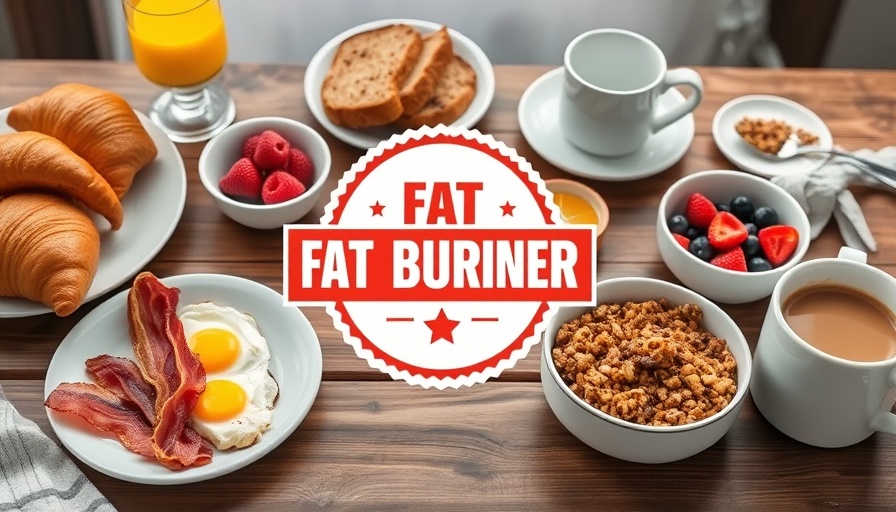
Unlocking the Secret of Reverse Dieting for Women 50+
As women enter the transformative phase of menopause, navigating weight loss can often feel like an uphill battle. Many find themselves familiar with traditional calorie restrictions, yet are unaware of a powerful method called reverse dieting that is gaining traction.
Understanding Reverse Dieting
Reverse dieting involves gradually increasing caloric intake after a period of dieting. It’s designed to help recalibrate the metabolism, a crucial aspect for women experiencing hormonal changes during menopause. According to nutrition coach Matt Dustin, this approach can correct the metabolic downregulation that often results from years of dieting.
The Importance of Metabolic Health
Dr. Pooja Gidwani emphasizes that reverse dieting is more than just eating more to slim down; it’s about restoring energy availability and supporting muscle maintenance, hormonal balance, and sustainable fat loss. It helps the body shift out of conservation mode, which is a common response when calorie intake is too low for too long.
A Sample Meal Plan for Success
So, what does a day of reverse dieting look like? A sample meal plan might include:
- Breakfast: Eggs with vegetables and avocado toast
- Lunch: Grilled chicken with roasted vegetables and quinoa
- Dinner: Salmon, greens, and sweet potato
- Snacks: A protein shake or Greek yogurt with berries
This plan is aimed at providing balanced meals rich in protein, fiber, and healthy fats, all while carefully increasing calories.
When to Start Adding Calories?
It’s essential to listen to your body. If you've been dieting for a significant amount of time without results, or are experiencing fatigue, irritability, or sleep disturbances, these might be signs that it’s time to initiate reverse dieting. Start by adding 50-100 calories each week and monitor how your body responds.
Embrace a New Approach
Reverse dieting is about empowering women to reclaim their bodies and align their habits with their changing metabolic needs. It’s a refreshing approach that values sustainable health over quick fixes, making it a great consideration for those aged 50 and above eager to shed stubborn fat.
 Add Row
Add Row  Add
Add 




Write A Comment